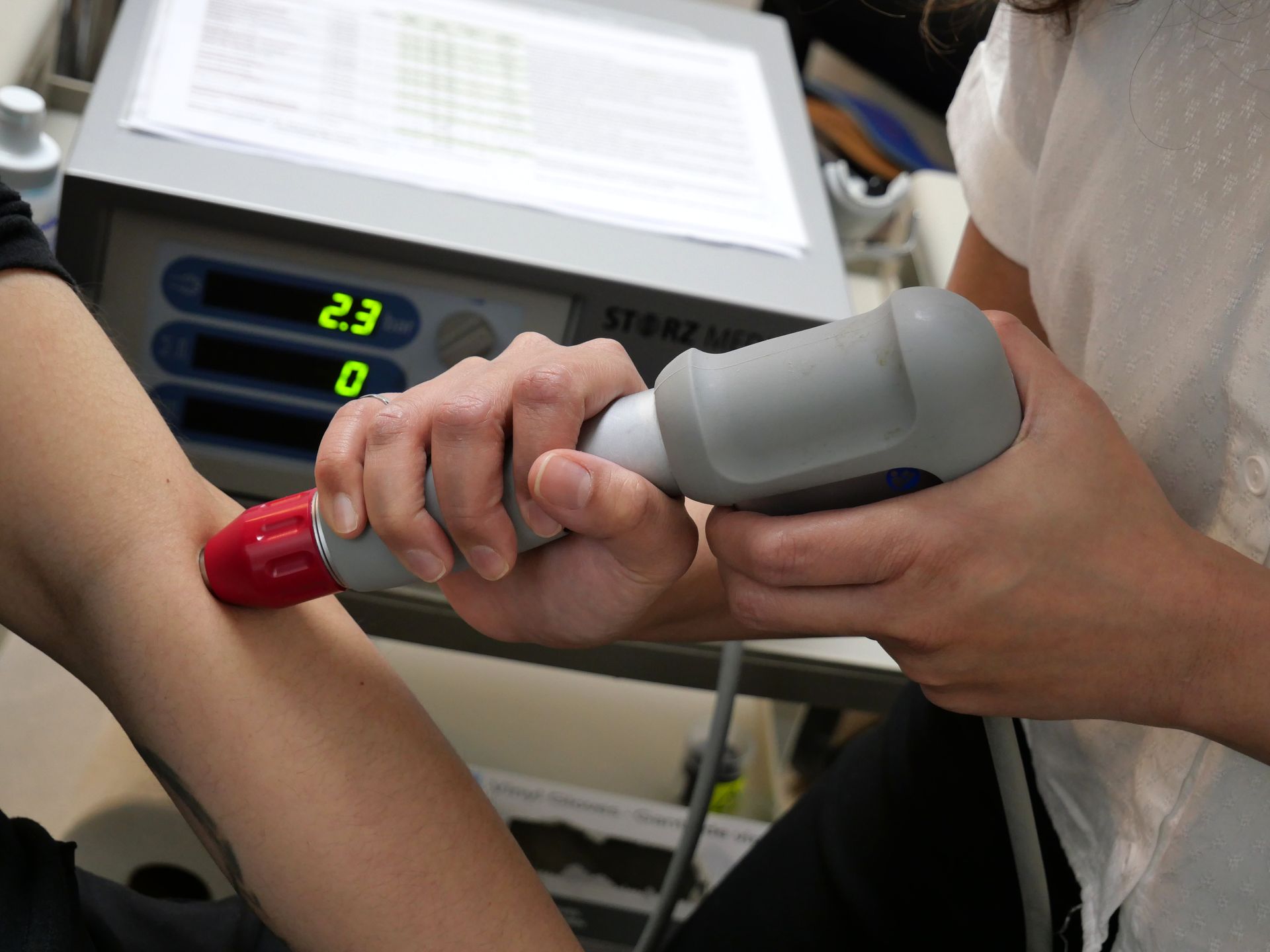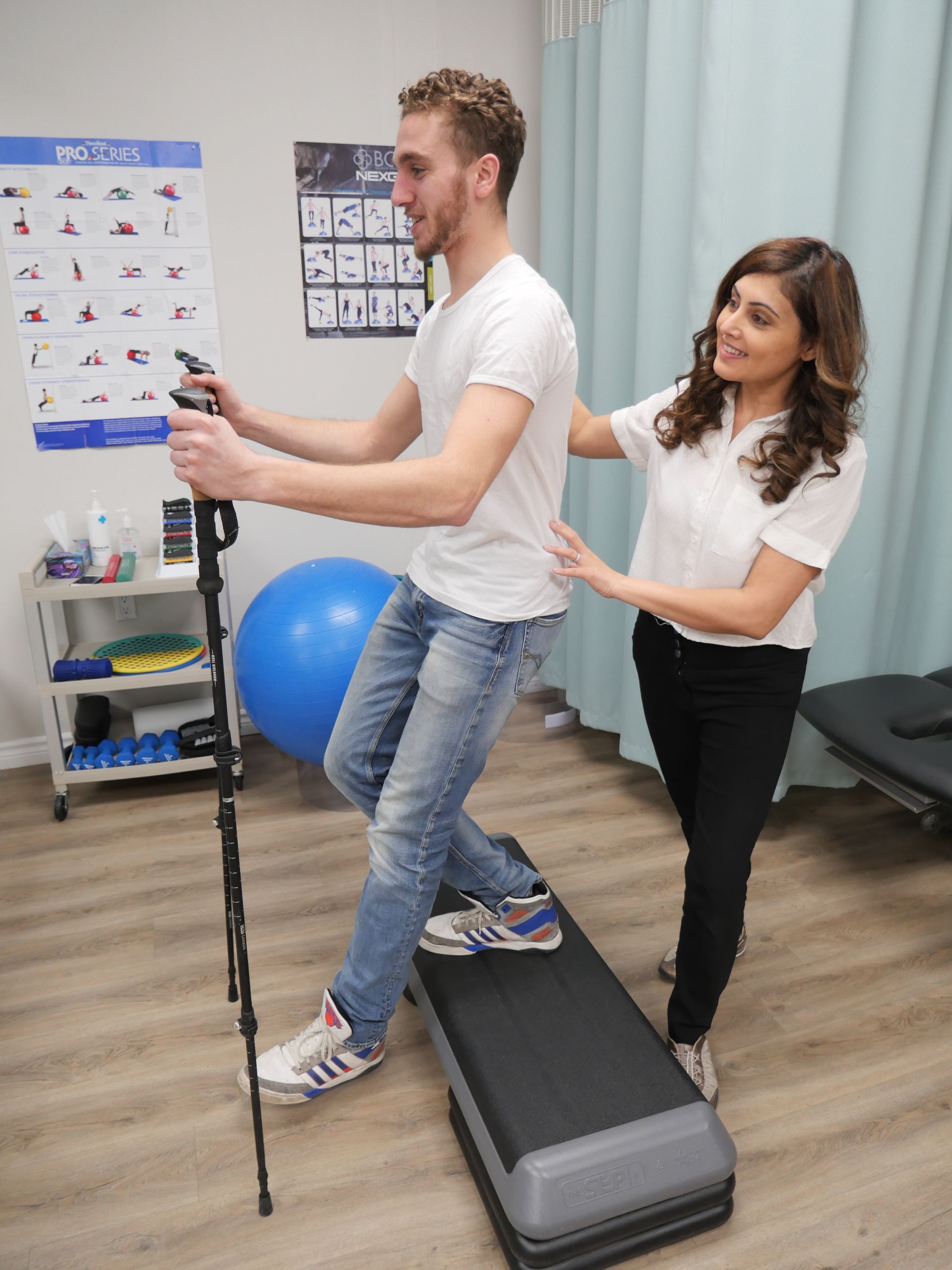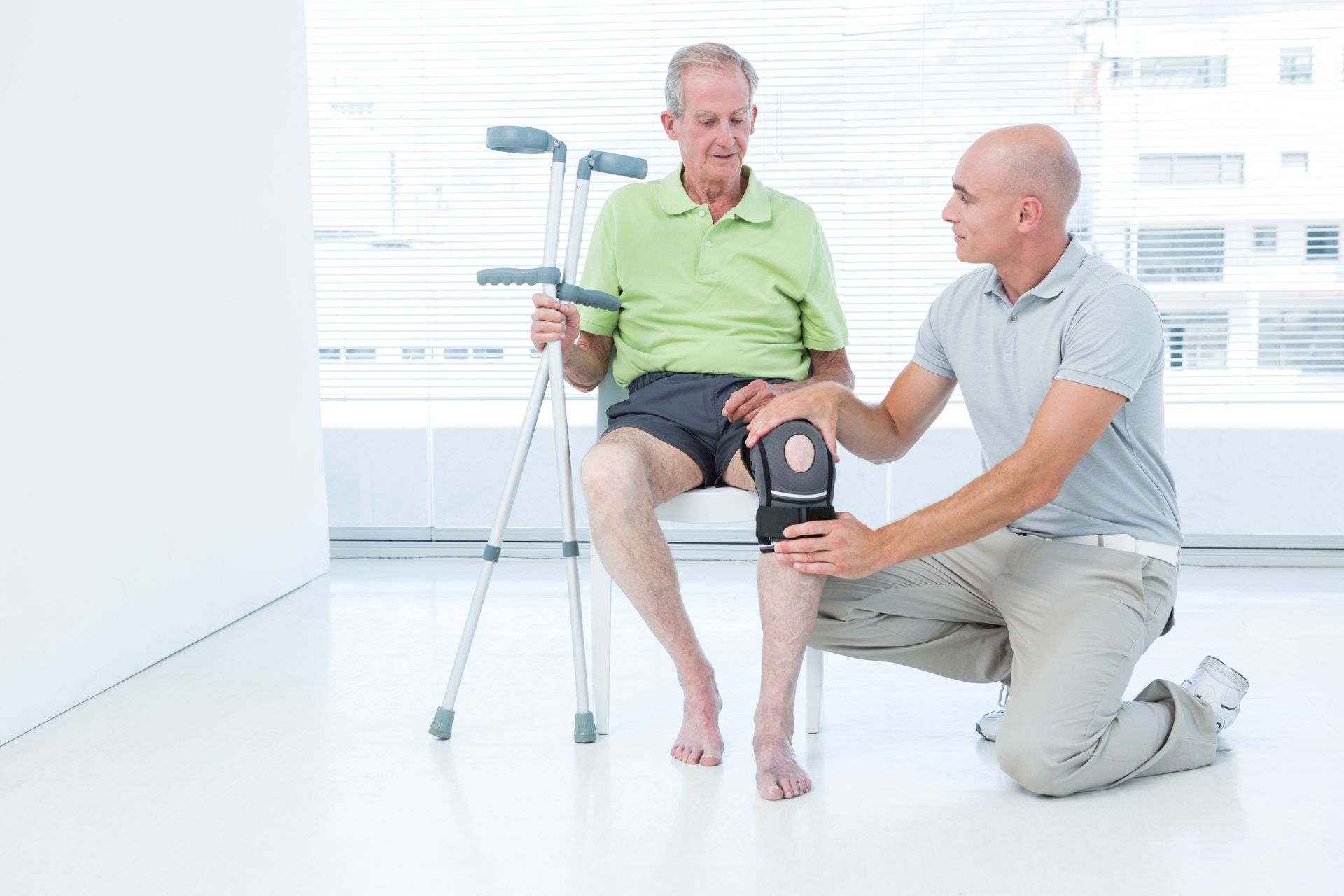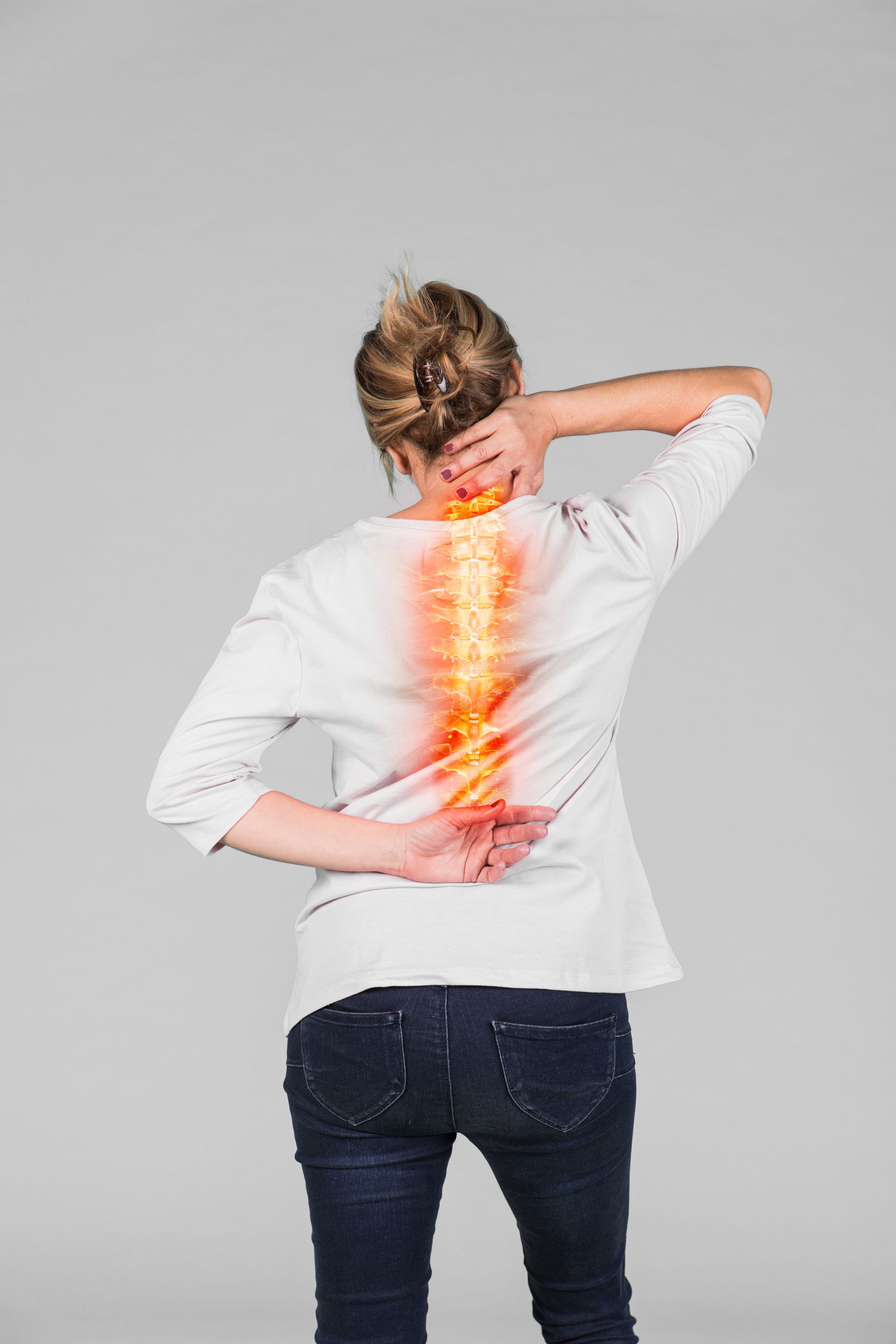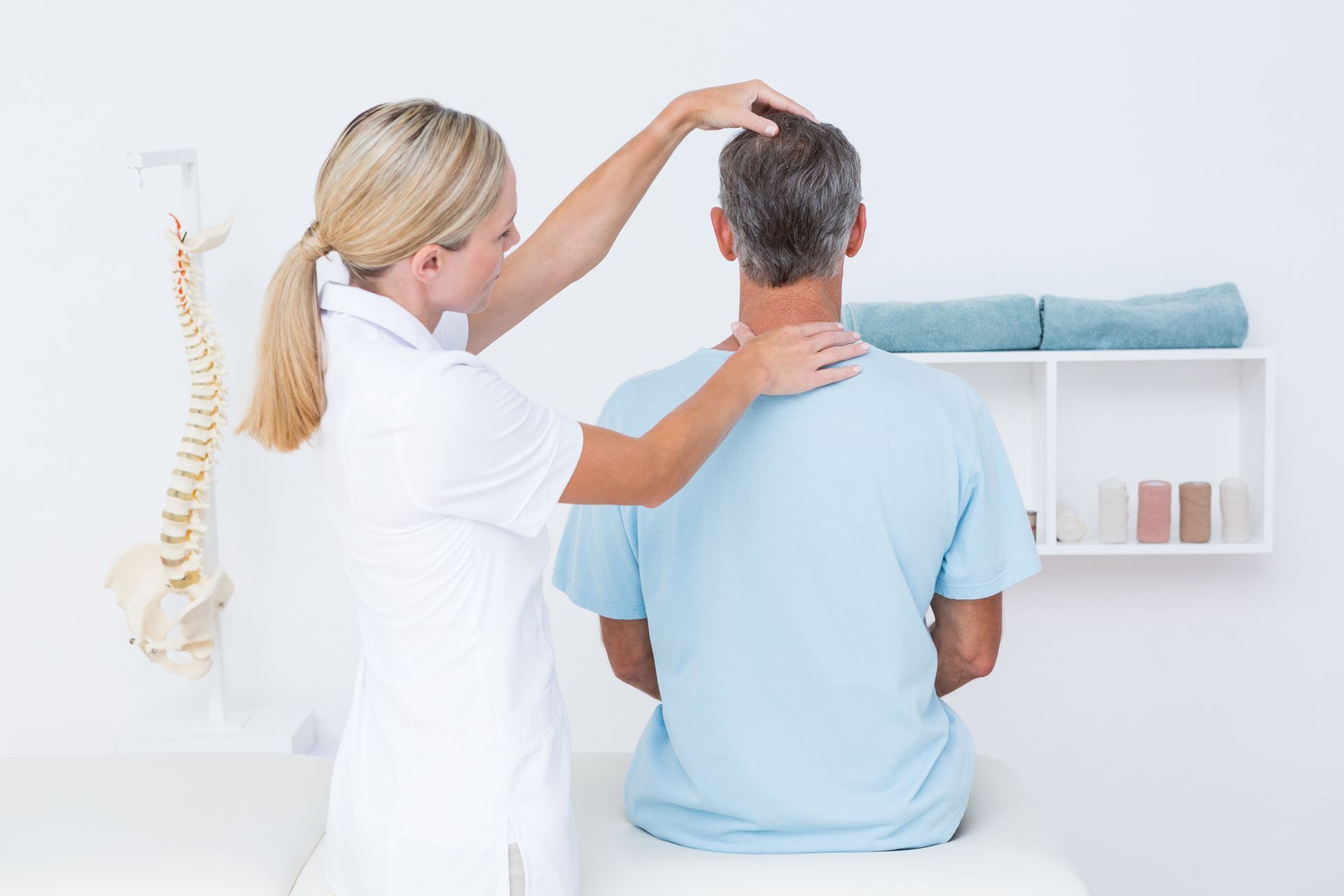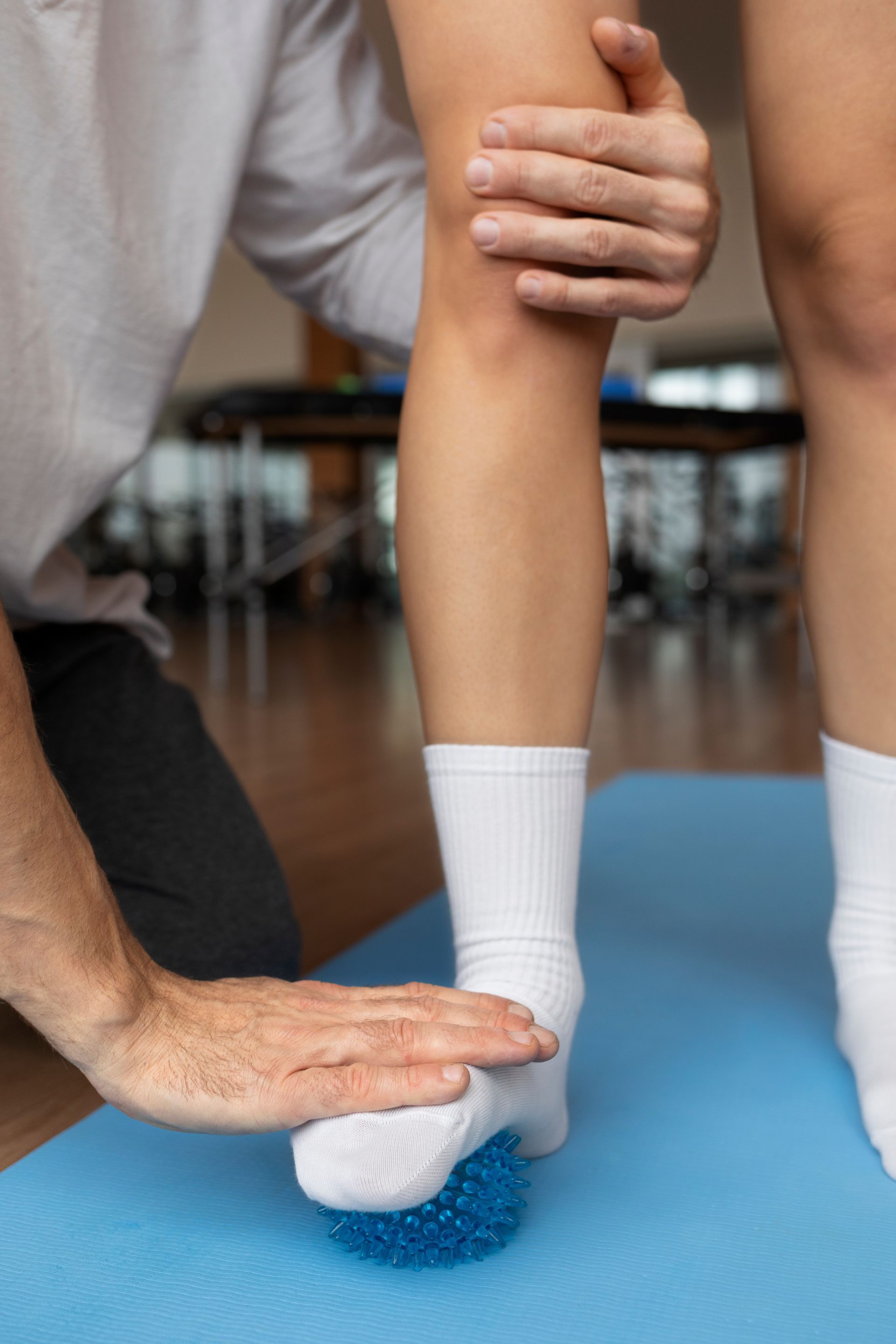Most Common Types of Workplace Injuries
Despite improvements in safety standards over the years, workplace injuries are still a common occurrence.
The conditions of your employment and the type of work you undertake determine your risk of workplace injuries. Of course, the likelihood of an accident is substantially higher in some workplaces than in others. However, even in an apparently safe location, such as an office, there remains a chance of injury.
Here are the most common types of workplace injuries.
Wrist
Wrist injuries are common amongst office workers and labourers alike, mostly as a result of repetitive motion.
Repetitive motion injuries are a type of cumulative trauma. They are caused by excessive repetition of small-range or micro tasks such as working on an assembly line or typing and using a mouse. Repetitive motion may lead to the development of debilitating ailments such as carpal tunnel syndrome.
Carpal tunnel is a form of nerve damage leading to severe
wrist pain. It’s also the most common wrist-related office injury.
Shoulder
While workers who participate in heavy lifting are more likely to get a shoulder injury, workers from a variety of professions can also be susceptible.
Workers might sustain acute shoulder injuries if they overexert themselves by lifting or pushing large items, particularly overhead. Workers in the manufacturing, construction, and warehouse industries are especially vulnerable to these injuries.
Office workers may sustain shoulder injuries from lifting cartons of paper, replacing the water jug, or moving their computer or furniture. This type of movement frequently causes neck and shoulder pain.
Back
Back injuries are a serious problem in workplaces all over the world, and even moderate back discomfort may impact a person's quality of life, as well as workplace productivity and morale.
Unless a worker has had a serious back injury and experienced the searing pain for themselves, they may be unaware of the crippling results they are risking when they do not routinely use safe lifting techniques.
It’s important to attend to any back injury to prevent back pain from becoming chronic and debilitating.
Falling
Unfortunately, fall injuries happen in almost all types of workplaces – from the warehouses of retail environments to construction sites where there are many tripping hazards. It’s not uncommon for a worker to sustain a sprained ankle from these types of falls.
Falling from a height, such as from a ladder or through a crumbling structure, can cause serious injury, including broken limbs.
Sprains and Muscle Tears
Overexertion and muscle strains are in the top 5 of the most frequent injuries that happen in the workplace.
A strain is a muscular or tendon injury (tissue that connects muscle to bone). Strains occur when a muscle is subjected to extreme pressure, performs the same motion repeatedly, or is stretched beyond its usual range of motion. The strain induces a muscle tear, which results in subcutaneous bleeding and bruising.
Muscles, connective tissues, and joints make up to 40 percent of the human body. Workers may sustain an injury to various body regions whether they work in a sedentary or physically demanding occupation.
Hip Injuries
Whether you're sitting, standing, or walking, your hip muscles and joints are continually subjected to repetitive strain, which eventually wears down the cartilage that surrounds the bone. This can lead to painful injuries that impede your ability to move freely.
Motor Vehicle Accidents that Happen at Work
People who drive for a living are at greater risk of accidents due to careless drivers, bad weather, and malfunctioning vehicle equipment. This also applies to labourers who regularly work around moving vehicles, such as tractors and forklifts.
Learn More
If you are interested in learning more about workplace injuries and how to treat them, get in touch. Call (905) 270-3086 or email us via our website.


